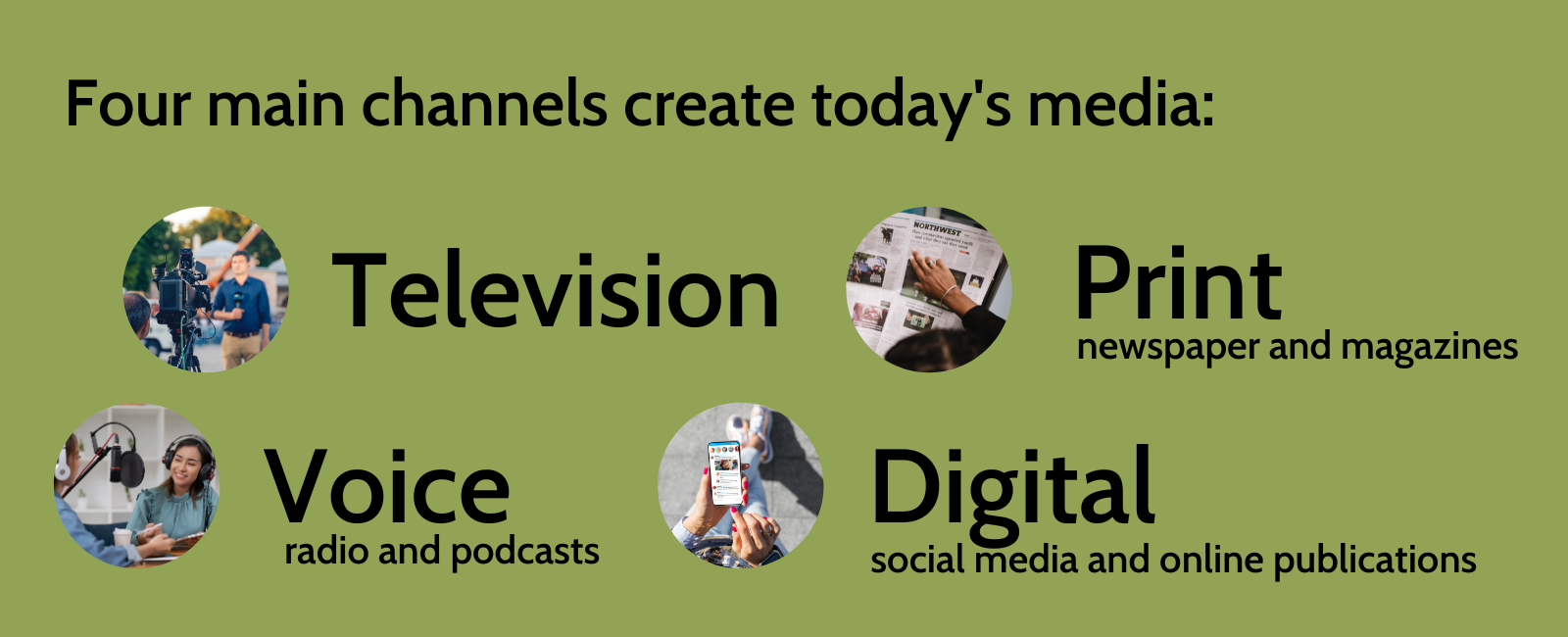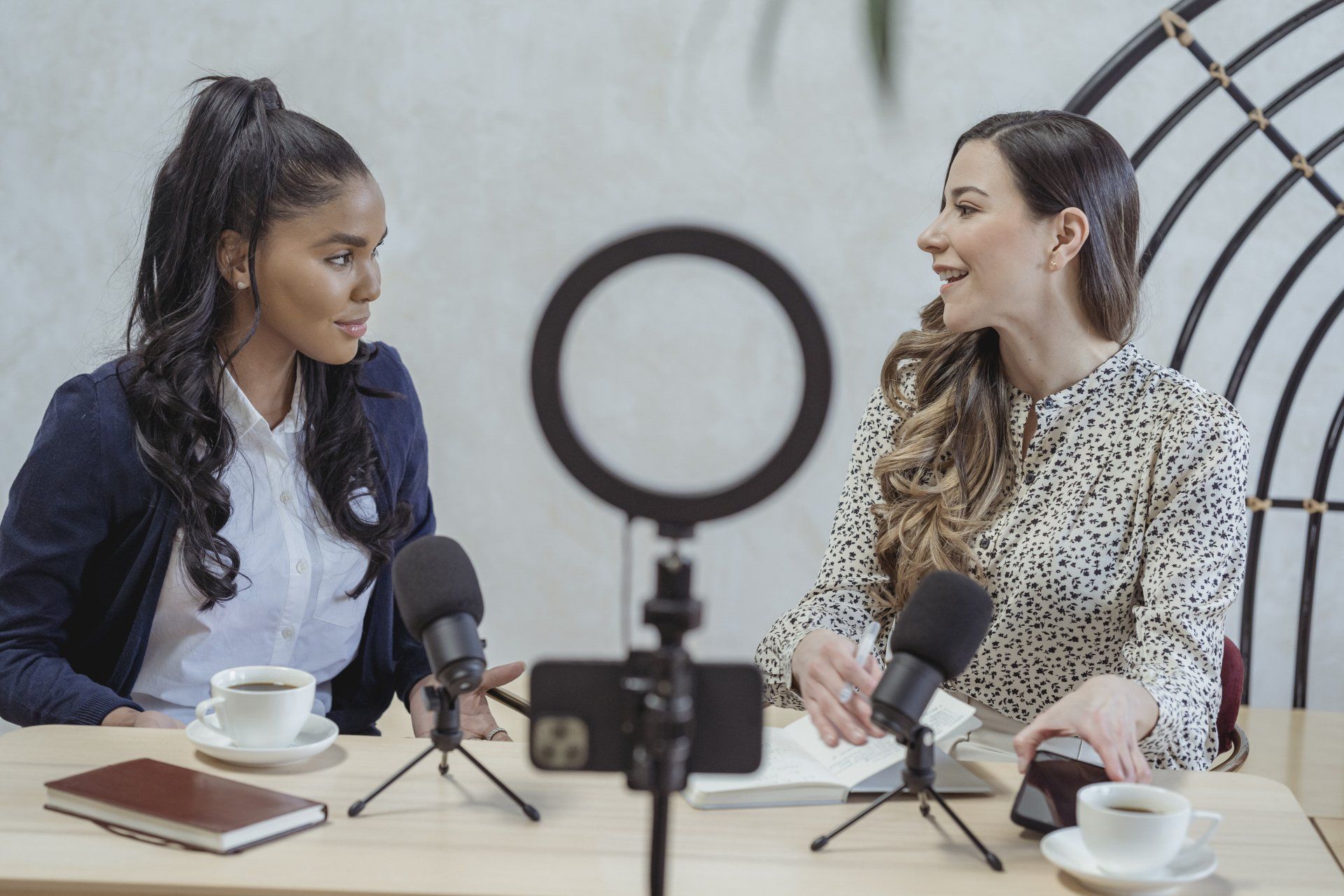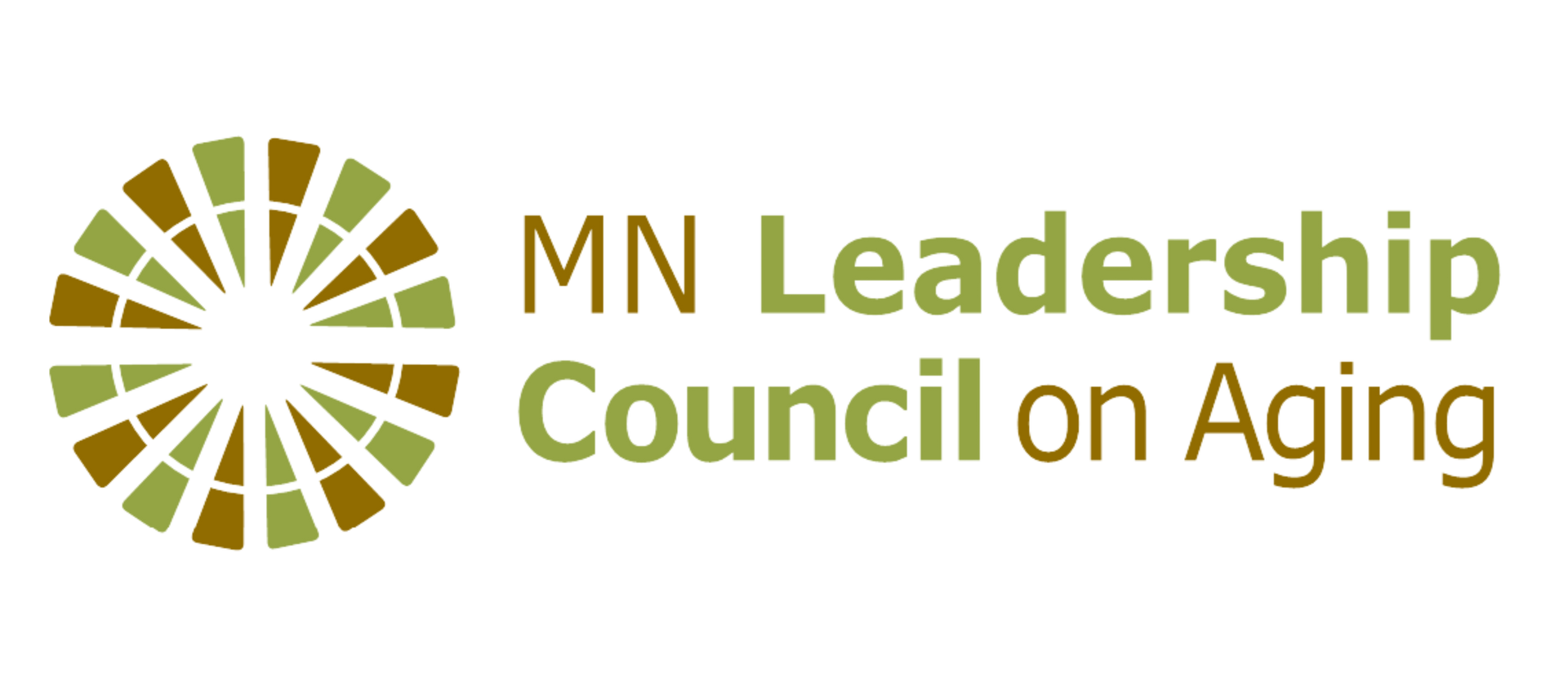Media Relations
Sharing Your Story
This page provides guidance on how to share your story with the media. It will take you from background knowledge of the media to developing and sharing your story all the way to writing and sending a thank you message. We have linked templates and resource documents in each section that include additional information on the various steps outlined.

Understanding the Media

- Paid Media: Sponsorships and advertisements.
- Shared Media: Social media platforms where an individual user creates and adds content, but someone else controls the platforms and has some level of control.
- Owned Media: Information that you control and distribute, such as email blast, newsletter, magazine or website.
- Earned Media: When the media choose to pick up a story because it is of interest to their audience.

When pitching a story, earned media is what you're hoping for. You can also utilize your shared and owned platforms to help spread the message.
Interviews
There are different ways that the media conducts interviews. Interviews can be live or pre-recorded. Live interviews offer the chance for all that you say to get used, while pre-recorded interviews allow for do-overs if you stumble. Depending on which media channels you have reached out to, your interview may be a video recording which can be used online, for television or social media, or a voice recording which would be used for newspaper notes or radio. Finally, interviews can occur in-person or remotely. In remote interviews, technology such as computer video cameras or phone calls are used. If doing a remote interview, ensure you have a quiet, clean, brightly lit area to do the interview in. When in-person, there might be a voice recorder or traditional video camera and mic. In-person interviews can be conducted at your home or place of work, at a meeting location like a library or at the site of your story or in the media outlet’s studio offices.


Speaking the Language
Developing Your Story
Storytelling for Change
- The story has to be true and yours to tell.
- Never explain a culture that is not yours.
- Never make another person's struggle or identity a prop of your storyline - use your lived experiences and struggles.
- Never use racial slurs, hate speech or discriminatory language.
Consider this TED talk from Chimanda Adichie, outlining the dangers of a single story. How does her overarching lesson teach us about what people think about aging or older adults in our community? What voices are being heard and who isn't?
This Storytelling for Change worksheet is from The Art of Storytelling , A Free Downloadable Workbook by Dawn J. Frazer. Consider this alternative approach to mapping out the structure of how your personal story and lived experience can be what you lead with in your work with the media.

Successful interviews start with who you are and why you reached out. You should be able to comfortably share your story and answer any follow-up questions the reporter may have. Try to appear relaxed and speak clearly — focus on volume and pace.
Preparing for an Interview
Successful Interviews
- Always tell the truth. When asked questions that you don’t have the answer to, don’t make something up or lie. Simply say you don’t have that information or don’t know the answer and move on. You can always offer to find the answer to their question or someone who can respond to their question and get back to them later.
- Stay calm and collected. It’s easy to be nervous, but there is no reason to be. Take a deep breath and stick to your key messages and talking points. If a reporter asks you questions or says something that differs from your opinion, that is okay. There is no reason to get angry or frustrated, it is their job to investigate multiple angles just like it is your job to tell the truth.
- Keep your answers short and simple. Answers should be only two or three sentences. Much longer than that and they are hard to use.
- Focus on YOUR story. Unless you have permission to do so, don’t speak on behalf of other organizations and groups. It’s also wise to avoid placing blame or pointing fingers, instead, focus on “I” statements. “I experienced this, my grandmother needs that, I believe better funding would lead to better resources.”
- Thank the reporter for their time and help when you finish.

After you have finished your interview, it is good practice to reach out to the reporter via email with a thank you. If you offered to share data, other information, photos or links, this is a great time to do it. You can also verify what day and time the story will air or be published, offer to answer any follow-up questions and thank the reporter for their time.
Tools and Resources
Media Strategies & Storytelling for Change
Are you interested in being a champion for positive change in your community? Do you want to have a greater impact in your outreach with the media?
Our goal is to help leaders in the aging sector effectively share the story of your work and ensure Minnesota becomes a more age-friendly state. This free live training made possible thanks to a Technical Assistance Grant from Age-Friendly Minnesota will help you gain knowledge, skills and confidence to engage effectively with the media. Watch it and check out more free
age-friendly education today.



